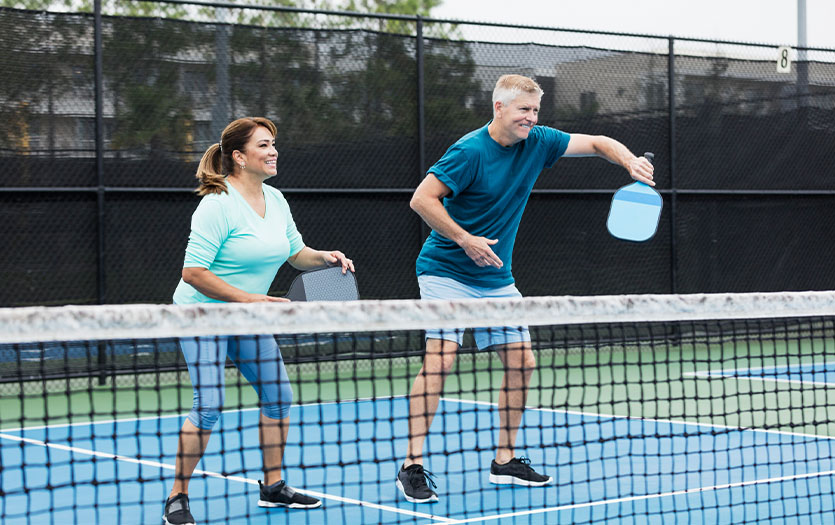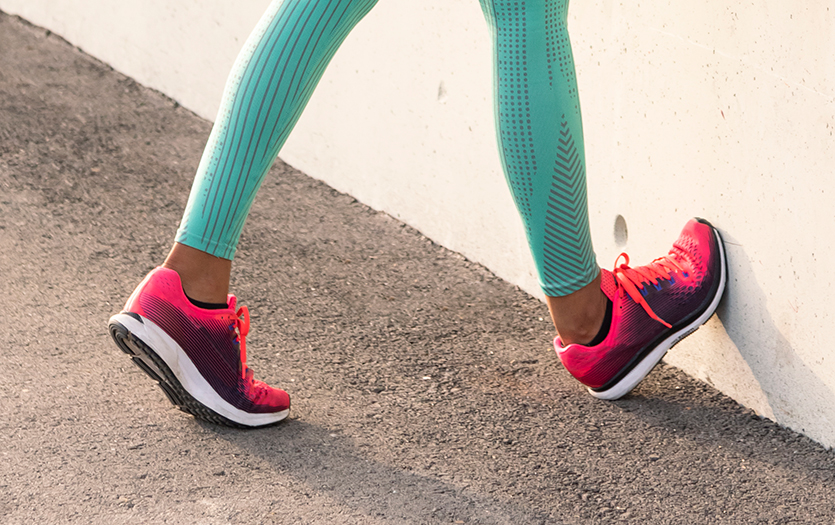Certain sports are just better with a chill in the air and snow on the ground. Candice Dunkin, MS, LAT, ATC, manager athletic training, Parkview Sports Medicine, will be sharing a series of posts about the benefits of some of America’s most revered winter activities. First up … tighten your laces for some family fun at the rink. We’re talking about ice skating!
The perks.
Ice skating can be a great winter activity either indoors or outdoors. Not only can it improve balance and coordination, it’s a great low-impact workout that improves muscle tone in your core and legs, particularly on the hips, knees and ankles.
Ice skating is also a good way to burn calories! For each hour you ice skate, you can burn the equivalent number of calories as you would push mowing your lawn, biking to work or packing/unpacking boxes when moving. Ice skating outside is more strenuous than inside due to the energy required to fight the elements, but also comes with some added concerns.
The precautions.
If you are ice skating outside, it’s important you wear proper attire, including light but warm layers. You may also want to consider wearing a helmet to avoid head injuries.
The most common ice skating injuries are to the wrist, typically from falling or bracing for a fall. Other common injuries are to the tailbone and head, also caused by falling. To avoid this common pitfall, we recommend taking lessons to learn how to bend your knees to gain control.
Another thing to be cautious about when skating outdoors is the ice. If you’re stepping onto a lake, river or open body of water, make sure the ice is safe and at least 4 inches thick. Also, be sure to get clearance from your family physician before starting a new activity.



